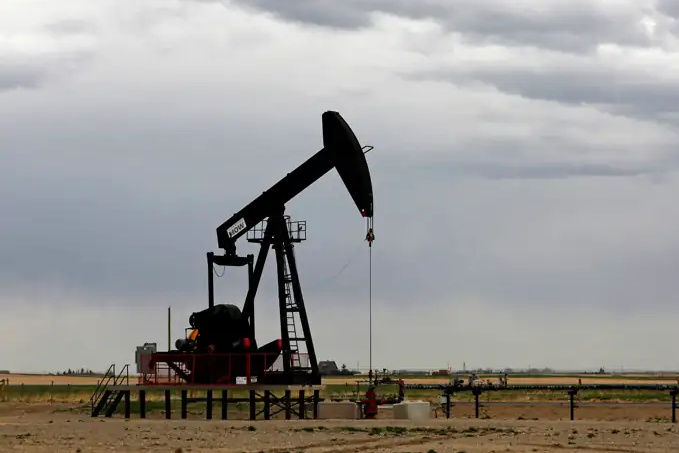(Washington) Commercial reserves of crude oil fell more than expected last week in the United States, but those of gasoline increased sharply, contrary to forecasts, according to figures released Thursday by the American Information Agency on Energy (EIA).
In the week ended December 29, inventories fell by 5.5 million barrels while analysts had forecast an average drop of 3 million barrels, according to a consensus compiled by Bloomberg News.
Gasoline stocks swelled by 10.9 million barrels, compared to expectations for a reduction of 1.67 million.
Crude prices, which were climbing at the start of the session, had stabilized before the publication of the figures. They turned red with the announcement of a sharp increase in gasoline stocks.
Around 11:15 a.m. (Eastern time), the price of a barrel of North Sea Brent, for delivery in March, lost 1.15% to $77.37.
Its American equivalent, a barrel of West Texas Intermediate (WTI), for delivery in February, fell 1.05% to $71.95.
Commercial crude reserves thus amount to 431.1 million barrels, or 2% below their average over the last five years.
The refinery capacity utilization rate remained strong at 93.5% from 93.3%, allowing the processing of a large quantity of fuel.
US crude production fell slightly to 13.2 million barrels per day compared to its historic record of 13.3 million barrels per day observed for several weeks.
With the numerous travels during the end-of-year period being offset by the mild winter weather so far, demand for finished products deteriorated to 19.05 million barrels per day compared to 21.41 million per week. from before.
Gasoline demand declined from 1.2 million barrels per day to 7.9 million barrels per day. That of fuel oil fell even further (-1.3 mbd to 2.6 mbd).
“The favorable effects of a reduction in crude inventories aided by greater refining activity and strong exports – usual in this season – were offset by a massive increase in refined products and much weaker implicit demand,” commented Matt Smith, analyst for Kpler.
